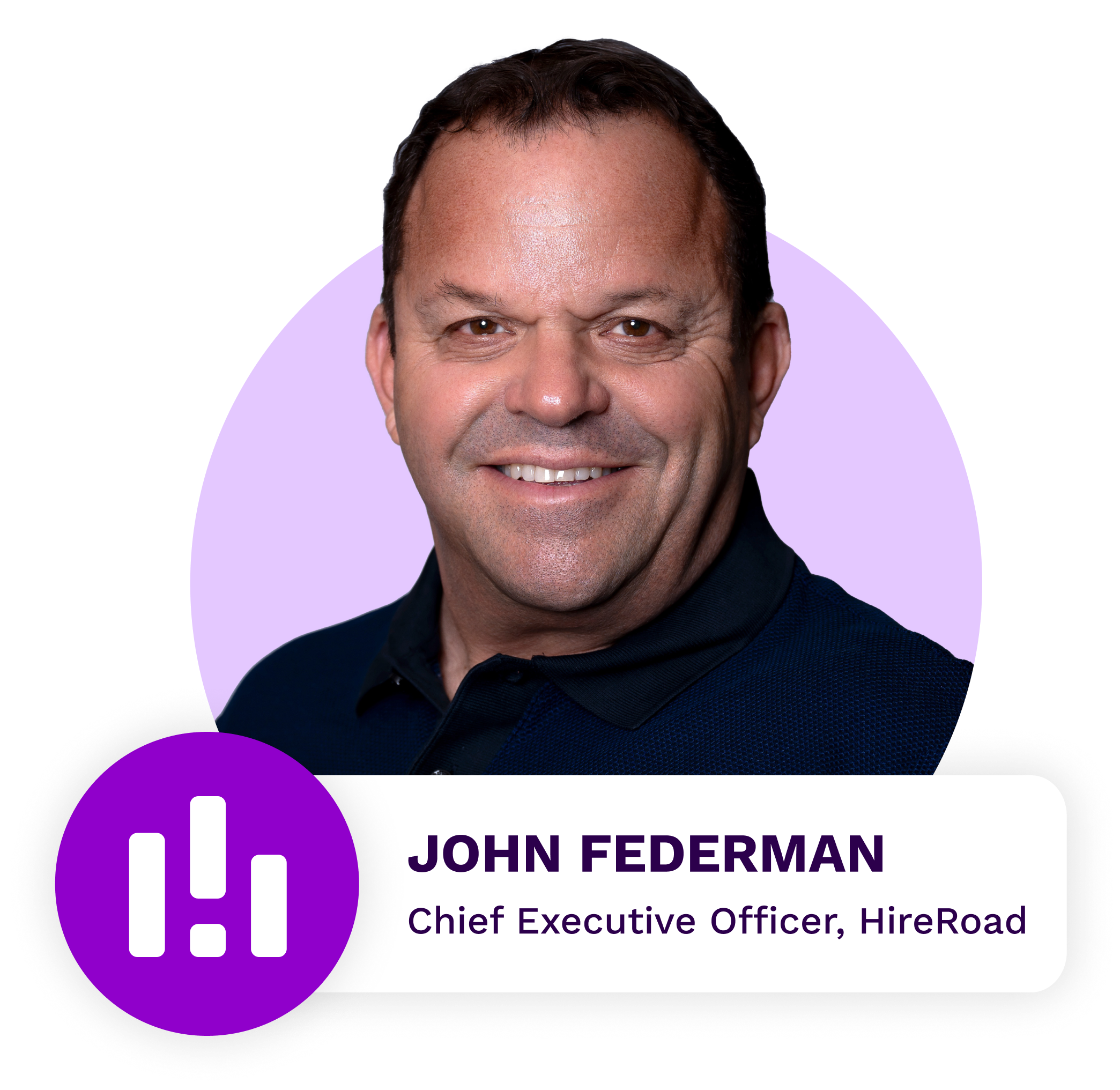From Metrics to Meaning: Turning HR Data into Business Impact
by John Federman, CEO of HireRoad
At UNLEASH America, I had the pleasure of joining Madeline Laurano, founder of Aptitude Research, for a breakout session with HR executives that sparked some of the most candid conversation I’ve had in a while. Together, we explored a question that HR leaders are feeling more pressure to answer than ever before:
How do we translate HR metrics into business impact that gets stakeholder buy-in and secures investment?

It’s a question that keeps surfacing in boardrooms, strategy sessions, and performance reviews. As we shared in the session, Madeline’s latest research found that only 18% of companies feel confident in their ability to show the ROI of HR initiatives. Half aren’t measuring ROI at all. This isn’t about a lack of effort. It’s about a lack of tools, context, and support.
The ROI of People Analytics: Research & Reality
Madeline kicked off our session by unveiling findings from a comprehensive Aptitude Research study of 400+ HR leaders. The results underscored what we already suspected:
Only 1 in 3 companies connect HR efforts to cost savings, productivity, or revenue.
Yet 60% of HR leaders are asked for data by executives every single week.
And while investment in HR tech is climbing, more technology does not automatically equal better results—not without the ability to turn data into action.
Recruiting is the only job where everyone thinks they can do it. The best way to build credibility is through mastery of your data.
The Excel Wall (and how to break through it)
As we opened the boardroom session by asking attendees where they stood on their respective HR data journeys, one attendee expressed a common sentiment:
“We’re hitting a wall with the world of Excel.”
That wall is real. In fact, 95% of companies still use Excel for HR data analysis, despite it being error-prone, manual, and unsuited for cross-functional storytelling.
The reality is that most HR teams are forced to cobble together insights from siloed systems, often without the time or data expertise required to create a compelling narrative.
Another HR leader in the room summed it up perfectly:
Without the data, you’re left saying to leadership, ‘Yeah, our company culture is great’—but with no way to prove it. It falls flat.
Introducing the ROI Blueprint
Connect the dots between HR KPIs and business performance
Build data-driven narratives that stand up to CFO scrutiny
Spark strategic conversations about HR’s impact and opportunities, with data as the anchor
If I say to my CFO, ‘Here’s some ROI information from our HR data,’ – He’s going to look for the flaw. Because he’s the finance guy and I’m just HR. But when I bring in actual financial data from our systems—it’s no longer anecdotal. It becomes real.
Storytelling, Not Spreadsheets
One of the strongest takeaways from the session was the importance of storytelling through data. You can have the most sophisticated metrics in the world, but without context and clarity, they fall flat.
One attendee stated: “Being able to tell a story with the data and put it into greater context would help me get executive buy-in.”
That’s why we designed PeopleInsight not just to analyze data—but to empower HR teams to visualize insights, uncover root causes, and translate complexity into straightforward reports that can be shared with stakeholders in a way that addresses their top priorities.
Whether it’s retaining top talent, increasing recruitment efficiency, or justifying investments in HR strategy, the ability to connect data with outcomes is what turns HR into a business driver.